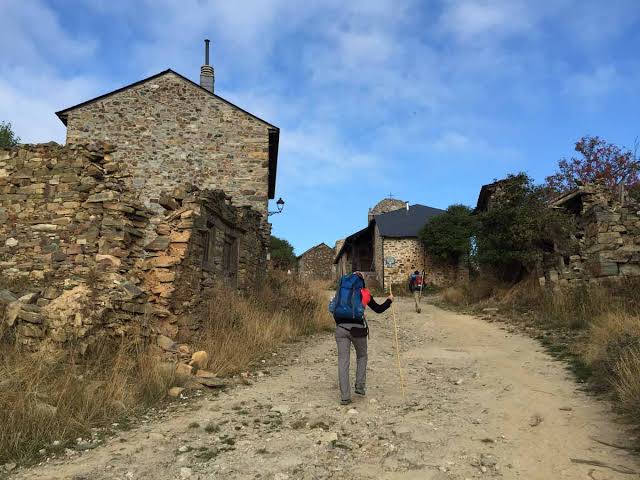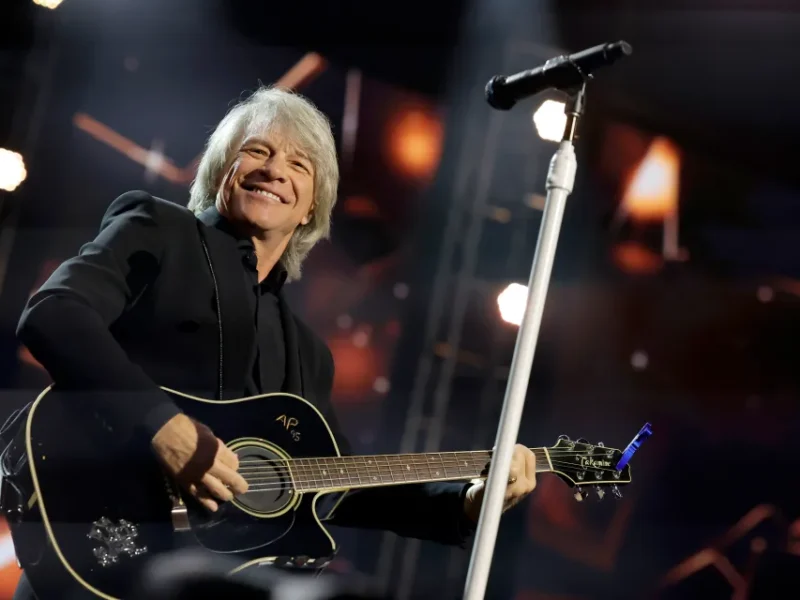I recently returned from walking Spain’s famed Camino de Santiago pilgrimage route. I am proud, delighted and relieved to share that I successfully completed my “half Camino” – walking for 19 days over 230 miles with my trusty 20# backpack to arrive in the destination city of Santiago de Compostela. Walking the Camino was a wonderful experience, just as I hoped it would be! The scenery of northern Spain was beautiful and I met so many wonderful people – from the friendly locals (in hostels, cafes, and shops) to my fellow pilgrims, who were from all around the globe. It truly was a grand adventure that I feel so blessed to have experienced. Before I left, I wrote a blog post entitled “My Upcoming Camino Pilgrimage” – explaining all about the Camino de Santiago, what I ‘thought’ it might be like, and answered the most common FAQs. Just like I did in the Pre-Camino post, I am providing this Post-Camino update in an easy-to-read FAQ format. What is the Camino de Santiago & Camino Francés?
The Camino de Santiago or the “Way of St. James” is a medieval Christian pilgrimage route. For almost a thousand years, it brought pilgrims from all corners of Europe to the city of Santiago de Compostela. There, the magnificent cathedral is believed by many to be the final resting place of the Apostle St. James! There are quite a few different Camino de Santiago routes (see map) but the most popular is the Camino Francés (or “French Way”). Traditionally, it starts in the French town of St. Jean Pied de Port, which is 776 km (482 miles) from Santiago. It crosses the Pyrenees, soon arriving into Spain. The Camino Francés is the route featured in the popular 2011 movie “The Way” starring Martin Sheen. It was filmed on location along the Camino. (more info in the original post) How Far Did You Walk Each Day? I began my walk in the town of Sahagun, known as the “half way” point of the Camino Francés. It took me 19 days to walk the ~ 230 miles (380 kilometers) to Santiago, averaging 20 km/day (12 miles). My distances ranged from “short days” of 14-15 km (9 miles) to a high of 25-27 km (15-16 miles). I walked between 4 – 6.5 hours (average of 5.5 hours) each day. In addition, my rest & food breaks added an average of 1 ¼ hours more – so I averaged around 7 hours in my hiking boots each day. How Was the Scenery? What was the Camino Path Like? The landscape along the Camino Francés was just beautiful and filled with great variety. For example, the Camino path took us on rocky hiking trails through stately forests; onto quiet country roads which passed through small villages, corn fields, and cow pastures; and alongside main roads on tree-lined gravel paths. There was an interesting mix of flats, gentle rolling hills, and some “fun” up and down mountains. I never found it boring.
The constant hunt for the Camino signposts (road signs, concrete monuments) and painted yellow arrows (on every imaginable surface) marking the route certainly added to the walk’s fun and challenge. The Camino was mostly well-marked but there were quite a few times when it was definitely a hunt – particularly in some of the larger towns and cities. Luckily, I never got too far afield thanks to friendly locals and other pilgrims who helped me “find the way!”
How Was the Weather?
I was blessed with good weather, since I was traveling at an optimum time (mid-September to early October). Early mornings were cool as I started my walk (occasionally upper 40s to mostly low-mid 50s) but it soon warmed to a mid-day temperature in the 60s and low 70s. I encountered some rain before I started my walk (in Madrid and Leon) but no more until my final Camino day – when I walked my final three hours into Santiago under light sprinkles. In addition, there were a couple instances of heavy fog (for a short period) in the Galicia region. Bottom line – I was lucky.
Who Were Your Fellow Pilgrims?
As expected, I met lots of Europeans (Spain, Germany, Italy, France, UK, Ireland) as well as many Americans, Canadians, Australians, Brazilians and South Koreans. Other “Camino friends” were from New Zealand, Denmark, Holland, Belgium, Poland, South Africa and Columbia (South America). It was definitely a fascinating United Nations mix.
As for “travel groups,” there were many solo travelers like me – perhaps a quarter to a third of the pilgrims I saw. There were married couples and many sets of good friends walking together, and other family units that I met – like two mothers with their adult sons, five Brazilian sisters, and a young Brazilian woman traveling with her mom and aunt. Pilgrims were all ages, and I was delighted to see that a significant amount were “older” like me (in their 50s, 60s, and early 70s).
What Was a Typical Pilgrim Day Like?
I awoke around 6:30am, got ready and packed my backpack. I usually had breakfast at or near my lodging – tea or coffee, orange juice and toast (or a pastry). I was surprised to learn at this time of year that the sunrise wasn’t until after 8am. So, I generally began to walk around 8:15am as it was just getting light. Personally, I didn’t like walking in the early morning darkness – as many pilgrims did (with their headlamps). Some “early birds” would even leave at 5:30-6:00am – definitely not me!
After walking for around 2 hours, I would stop at a café (usually filled with other pilgrims) for a snack and bathroom break – ordering café con leche, another fresh-squeezed orange juice and a chocolate-filled croissant. Depending on the length of the walk that day, there might be other breaks along the way – always for food! – before arriving at the day’s destination town and my lodging. After checking into my pilgrim hostel (usually between 1-4pm) and getting my bunk bed assignment, I would unpack and head off to the shower. Once happily clean and in fresh clothes, I would find the laundry area to hand wash that day’s hiking clothes (blouse, underwear and socks) since I only had two pairs of each. Then it was outside to hang my laundry in the sun on the hostel’s clothes line or drying racks. Once these daily rituals were done, I might journal, go out in search of immediate food (if I hadn’t stopped for lunch), or shop at the local pharmacy or market. Then I would explore the town – if it was large enough to have things to see (as many did!).


